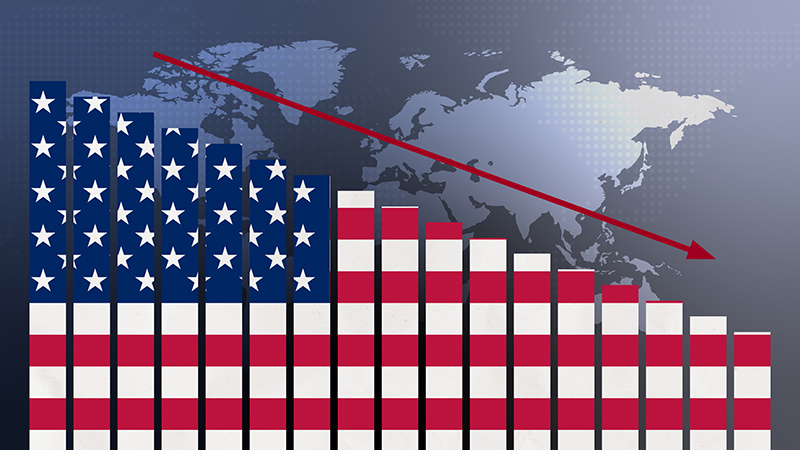However, one of the attractions of the structured product market is the fact that it encompasses highly adaptable instruments and can appeal to a range of investors and market needs.
In the case of ‘geared’ growth products, these investments or deposits offer a multiple of the rise in the underlying index, which may or may not be capped. In general terms, and all other aspects being equal, a product with a higher ‘gearing’ will have a lower cap (so, for example, a product may offer 7 times the growth in the FTSE 100, capped at a maximum gain of 49%, or 3 times the growth in the FTSE 100, capped at a maximum of 80%), so a product may be selected to enhance the returns of a portfolio under particular market environments and with a particular market view in mind.
Investors taking the view that indices will rise from this point in time, or indeed that any uplift will be modest and therefore a geared product could improve the performance of a basic tracker, can ride the upward trend to great effect using these products whilst reducing the risk of loss if the market declines.
At the time of writing, for example, Societe Generale has a six-year deposit offering, at maturity, 4.05 times the percentage growth based upon the net investment in the FTSE 100 Index based upon the net investment, capped at 40.5% – equivalent to a 5.83% compound annual interest rate. As a deposit it returns capital in full at the end of the investment period no matter how far the FTSE 100 Index may have fallen, and provides FSCS protection in the event of the default of the resulting counterparty.
Availability of these products will depend on the pricing environment and as new products are issued every 6 weeks or so, keeping an eye on the current products in the market is essential.
Whilst I would not suggest that investors should try to ‘time’ the market, what should also be considered is where in the market cycle these products are bought and how far the index might travel, up or down in the five or six-year time frame of a structured product.
For example, Morgan Stanley has just issued the FTSE Defensive Supertracker Plan 3, a 6-year plan, offering a return equal to 3.1 times any FTSE 100 Index rise from just 90% of its starting level (on a percentage-point basis), subject to a maximum return of 62%. In addition, it protects capital from market falls unless the FTSE is down more than 50% on the date the product matures or Morgan Stanley default during the term.
One therefore has to weigh up whether, even with dividends reinvested, the shares in the FTSE 100 will deliver a 62% return in 6 years time, from its current position (around 6800) noting that the Morgan Stanley Plan will deliver this return provided the index (which excludes dividends) has risen by just 10%.
This viewpoint that structured products limit returns also suggests that advisers must be constantly looking for investments that are going to deliver the best alpha. Since we don’t know where any particular index will be in one year let alone five or six years, nor likewise, that a fund manager will be able to consistently deliver alpha year after year, that is a hard task for any adviser to fulfill.
In contrast, a core benefit of investing in a structured product – whether structured deposits or investments – is that as an investor you know what return you will get at the end of a set period given defined market criteria.
Hence, you know that if the product has no cap and multiplies the index performance by 3 and the index goes up 20%, that you will receive a return of 60%.
Structured products can offer a range of potential outcomes, allowing investors to follow their particular market view as well as to spread the risk over a number of diversified investments. This range and diversity within the structured product market is one of the key reasons why we believe that it should be considered carefully when building an investment portfolio for a client.
Ian Lowes is the founder of StructuredProductReview.com











